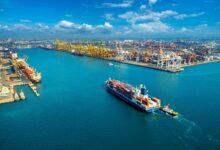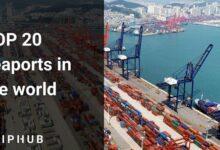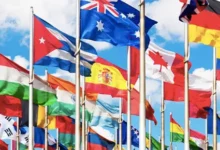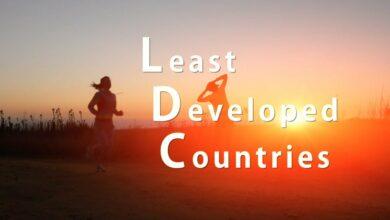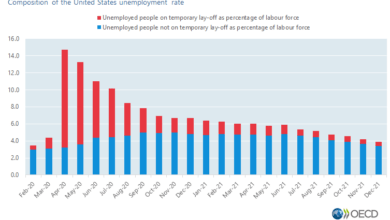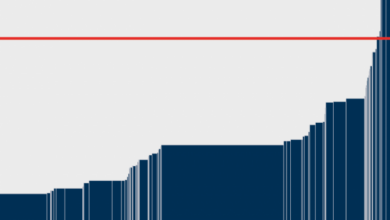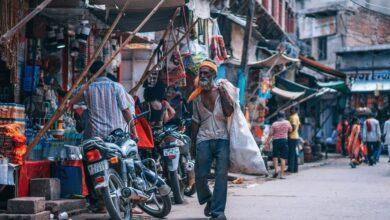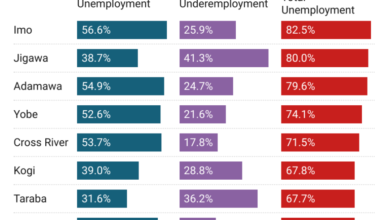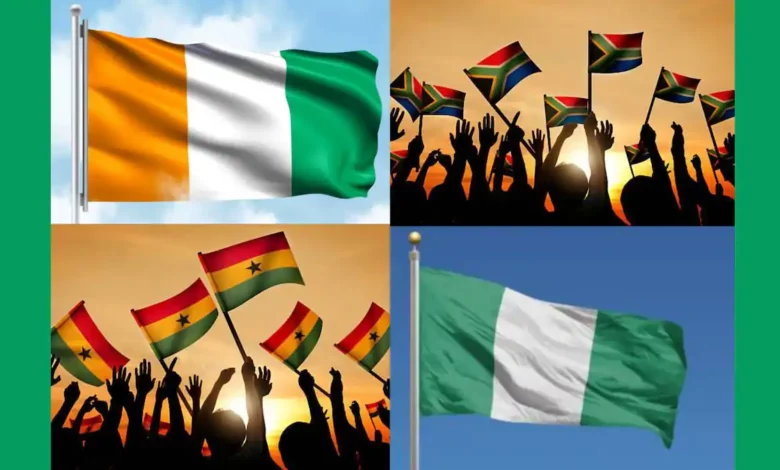
15 Most Populated Country in Africa
15 Most Populated Country in Africa – Africa is home to over 1.3 billion people, making it the world’s second most populous continent after Asia. With its large land mass and diverse mix of countries, Africa contains great variety in population distribution and density. Some countries have relatively small populations under 10 million, while others boast massive populations exceeding 100 million. In this article, we will explore the top 15 most populated countries in Africa and examine their key features and locations on the vast African continent. 15 Most Populated Country in Africa
The 15 Most Populated Country in Africa Are:
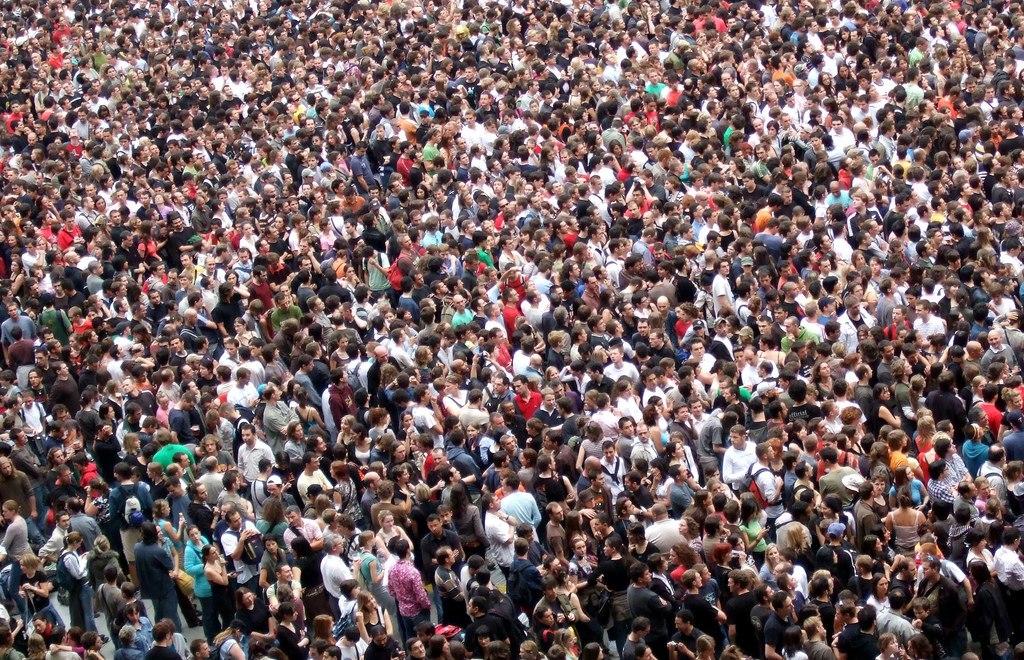
1. Nigeria
With a population of over 206 million people, Nigeria is by far the most populated country in Africa. Located in West Africa, Nigeria contains over 500 ethnic groups, with the largest being the Hausa-Fulani, Yoruba and Igbo peoples. Nigeria features a diverse landscape, from the coastal plains along the Atlantic Ocean to the semi-arid savanna further north. Major cities include the capital Abuja and the massive metropolis of Lagos, with over 20 million residents in its metro area alone. Nigeria’s rapid population growth is both a resource and a challenge as the government seeks to provide services, jobs and infrastructure to this booming nation.
👉 Relocate to Canada Today!
Live, Study and Work in Canada. No Payment is Required! Hurry Now click here to Apply >> Immigrate to CanadaRead Also: 15 Best Ankara Dress with Head-Wrap Styles
2. Ethiopia
Ethiopia comes in second with a population of around 115 million. Situated in the Horn of Africa, Ethiopia contains a central highland region with mountains and a cool climate, surrounded by hotter lowlands. Ethiopia has a rich history as one of the only African countries to avoid colonization, having successfully defended itself from European powers. Ethiopia’s major cities include the capital Addis Ababa and Dire Dawa, while agriculture remains a major employer in this country with diverse landscapes and peoples. Recently, Ethiopia has experienced ethnic conflicts which pose challenges amidst its fast-growing population.
3. Egypt
Egypt occupies the northeast corner of Africa, with the Sinai Peninsula forming a land bridge to Asia. The Nile River Valley runs through its heart, including the vast capital Cairo which has over 20 million residents in its metro area. With around 103 million people, Egypt is the third most populous country in Africa. Its population is concentrated along the Nile, with large swaths of desert on either side. Egypt boasts millenia of history as home to one of the world’s earliest and most enduring civilizations beginning with the ancient Egyptians. Today it remains a major power and cultural influence in the Arab world and the broader Middle East.
4. Democratic Republic of the Congo
The Democratic Republic of the Congo stretches across Central Africa and contains a massive population of around 89 million. Despite its name, instability and conflict have hindered development of effective democratic governance for most of this country’s history since independence from Belgium in 1960. Home to thick tropical rainforests, the Congo River forms a major lifeline and transportation route through the country. The capital Kinshasa has over 12 million inhabitants, while linguistically French is the official language in contrast to surrounding countries. Rich in minerals and resources, the Congo hopes to use its large population as a motor for future economic growth.
Read Also: Top 15 T-Shirt Fashion Trends Nigeria
5. South Africa
Located at the southern tip of Africa, South Africa has around 59 million residents. South Africa features diverse landscapes, from the Kalahari desert to lush coastal plains along the Atlantic and Indian Ocean coasts. The capital Johannesburg and coastal Cape Town are the two largest cities. Having endured apartheid and white minority rule for decades, South Africa transitioned to democracy in 1994 and has sought to overcome legacy of institutionalized racism. However, many challenges of inequality and race relations remain today in this economic powerhouse of Africa with its unique history and diverse population.Good morning My Love Message
6. Tanzania
Tanzania is located along Africa’s east coast, renowned for sites like Mount Kilimanjaro and the Serengeti wildlife parks. Lake Victoria borders Tanzania to the north, while the country also contains Africa’s deepest lake in Lake Tanganyika. Tanzania’s population is around 59 million, comprising over 120 different ethnic groups. The country’s political capital Dodoma is located in the center of the country, while the historic hub and largest city Dar es Salaam lies along the Indian Ocean coastline. Tanzania reflects the tremendous diversity of ethnicities, landscapes and natural wonders found across Africa.
7. Kenya
Bordering Tanzania and located along the Swahili Coast of the Indian Ocean, Kenya has a population of around 53 million people. Kenya contains savanna grasslands abundant with wildlife, highland regions and Lake Victoria to its southwest. The capital Nairobi is East Africa’s biggest city, known as a commercial and transportation hub. Kenya’s population consists of dozens of ethnic groups, the largest being the Kikuyu. Kenya has used its natural attractions and thriving cities to boost substantial tourism activity, but poverty remains widespread across the country.JAMB portal
8. Algeria
Algeria is located along Africa’s northern coast, with most its population of around 43 million concentrated between the Mediterranean Sea and the Sahara desert. The cultural and economic center is the capital Algiers, with other major cities including Oran and Constantine. Algeria features a diverse landscape with the northern fertile coastal region giving way to the Atlas Mountains, while over four-fifths of the country consists of the massive Sahara. Algeria has sought to leverage its large oil and gas reserves to boost its economy and living standards in one of Africa’s larger high-income countries.
Read Also: Top 15 Highest Mountains in the World
9. Sudan and South Sudan
Sudan was Africa’s largest country by land area before the southern portion became independent as South Sudan in 2011. Sudan has around 43 million residents, while South Sudan’s population is around 11 million. Sudan’s diversity spans Nomadic Arab tribes of the arid north, to black AfricanNilotic populations along the fertile Nile River and south. South Sudan is one of Africa’s least developed regions after decades of marginalization and conflict. Ongoing clashes along their border continue today. Sudan and South Sudan represent the vast regional differences across the continent condensed within one diverse country.
👉 Relocate to Canada Today!
Live, Study and Work in Canada. No Payment is Required! Hurry Now click here to Apply >> Immigrate to Canada10. Morocco
Morocco is located in northwesternmost Africa, featuring the Atlas Mountains and coasts along both the Mediterranean Sea and Atlantic Ocean. Morocco has a population of around 37 million. The cultural center is the ancient city of Fez, while the capital Rabat lies along the Atlantic coast. As one of Africa’s most stable and tourist-friendly countries, Morocco blends Arab, Berber and European influences in its history, culture and architecture. The economy is driven by agriculture, mining, tourism and manufacturing. Morocco claims the status of Africa’s oldest continuous monarchy, having been ruled by the Alaouite dynasty since 1666.Romantic love message
11. Angola
Angola lies along Africa’s southwestern coastline, featuring both Atlantic beaches and the arid Namib desert. The population is around 33 million, composed of numerous Bantu, European and mixed racial groups. Portugal once ruled Angola as a colony for centuries until independence finally arrived in 1975. Since then, Angola suffered through decades of civil war before achieving stability and becoming one of Africa’s major oil producers. The capital Luanda is located on the coast, with other cities also lying along the western and southern border regions. Angola hopes to leverage its resource wealth into broader prosperity.Information guide Nigeria
12. Ivory Coast
Ivory Coast occupies a central stretch of Africa’s western shoreline along the Gulf of Guinea. With around 26 million inhabitants, dozens of ethnic groups are represented, the largest being the Akan peoples. Prior to independence from France in 1960, Ivory Coast was Africa’s leading coffee and cocoa producer thanks to a lasting French colonial legacy. The capital Yamoussoukro is located inland surrounded by agriculture, while the defector capital Abidjan is the largest city and hub for business. Ivory Coast has shined as one of Africa’s better-off economies, though political instability and ethnic divisions have hindered progress.
Read Also: Top 15 Largest Island in the World
13. Mozambique
Mozambique is situated along Africa’s southeastern coast, with a population of around 31 million. The Portuguese were the first Europeans to trade and settle in Mozambique, reflecting the country’s strategic Indian Ocean location and natural harbors. Mozambique achieved independence in 1975 after a prolonged anti-colonial struggle. The country suffered through civil war between 1977-1992, setting back development. The capital Maputo features a colonial Portuguese legacy, while cities like Beira are growing transport and commercial hubs. Mozambique hopes to transition from its post-war phase into broader growth and prosperity.NYSC Portal
14. Ghana
Located in western Africa along the Gulf of Guinea, Ghana has an estimated population of 31 million. A former British colony, Ghana was one of the first African countries to achieve independence in 1957. The Ashanti ethnic group and Fante subgroup are among the largest populations in Ghana, which features diverse natural resources from agriculture to newly discovered offshore oil reserves. Accra on the Atlantic coast is Ghana’s capital and biggest city. Ghana has worked to build a relatively stable democracy and transition to middle income status since the post-independence era.
15. Madagascar
The island country of Madagascar is located off Africa’s southeastern coast in the Indian Ocean, with a population around 27 million. Madagascar features high levels of biodiversity and endemic plant and animal species like the iconic lemur. The population is a mix of Austronesian settlers from Southeast Asia and Bantu, Arab and Indian migrants blending with native Malagasy peoples. Antananarivo is Madagascar’s capital, while the economy depends heavily on agriculture, fishing and tourism. Political instability has hindered Madagascar from taking full advantage of its natural attributes and strategic location.
Read Also: Top 15 Homemade Hair Growth Oil in Nigeria
Conclusion
Africa’s tremendous size and diversity is reflected across its most populous countries and regions. From Egypt in the north to South Africa in the south, to Nigeria in the west and Kenya in the east, each part of the continent features distinct peoples, cities, resources and landscapes. These top 15 countries demonstrate Africa’s demographic weight and future potential, with over one billion people combined and some of the world’s fastest growing economies. But challenges remain in addressing development gaps, inequality, governance issues and instability in many regions. Overall, a look at its most populated nations provides insight into Africa’s complex identity as an ancient land of opportunity moving into the future.
Check JAMB Result
Check and Confirm: How much is Dollar to Naira
